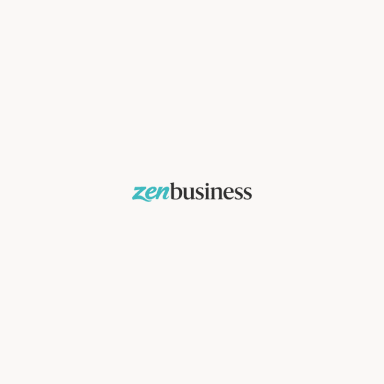“Cash flow, not profits, is the lifeblood of your business. Project it, monitor it, and manage it well before serious trouble starts to brew.”
Don’t just add the numbers — manage them!
If you’re like me, before you dream of going into a new business, you have dreams of big, fat profits. But once you’re in business, you dream instead of positive cash flow.
Crucial in controlling cash is having a detailed cash flow projection, updated at least every month. But don’t just add up the numbers — manage the numbers. Often by careful management, you can realize huge cash savings without changing the course of the business.
One of the first candidates for cutting that I’d look at would be inventory. I found that when I was running into cash shortfalls, I could cut more than $300,000 in projected inventory purchases with minimal risk of stockouts, even when my business was only doing about $5 million a year in sales.
Payables management boosts cash
Payables can be just as important as receivables in boosting cash flow. Know the payment norm in your industry — not just the stated terms, but when suppliers actually get paid. Then delay your payments to the slow end of the accepted norm.
We used to print most of our books with a firm that gave us 90-day terms; then it got a new CFO who insisted on faster payment, so we cut our business with them to only projects that they could offer dramatic cost savings on.
Some suppliers offer “dating,” meaning extended terms, and a few even offer outright financing. The ultimate solution is to eliminate your inventory cash financing needs entirely by buying on consignment, meaning that you don’t even own the goods until you either sell them or use them in your manufacturing process. For example, I used to distribute the books of smaller publishers on a consignment basis, paying them only after the books were sold.
Evaluate your product mix
You can change your product mix to boost cash flow — and perhaps improve your return on investment at the same time. Consider dropping products that tie up cash the longest and replace them with faster-moving items.
I visited a manufacturer of high-performance powerboats ranging in size from 16 to 33 feet. Just prior to my visit, I was surprised to hear that the company had discontinued its king of the fleet, a critically acclaimed 65-foot sport fisherman. The owner’s brother explained to me that while the 65-foot yacht was selling well and had good profit margins, it tied up money for too long — because of its slow, custom production process.
There are few businesspeople who have the discipline to drop their flagship product because of a lousy return on investment — but this doesn’t mean that you can’t profit by being one of them!
Turn assets into cash
Of course, you can always sell assets to improve your cash position.
You can sell your receivables (called factoring) to a commercial finance firm. It’ll usually be more expensive than traditional receivables or working capital financing, but it does create cash and cleans up your balance sheet. If you own your building, you can sell it and lease it back — some of the largest and richest corporations in America have done this, so why not you, too? You can also put together a bundle of all your used equipment and get a leasing firm to buy it and lease it back to you.
Accounting rules may force you to disclose leases on your financials, but to most bankers, lease liabilities appear less onerous than traditional debt, and by turning assets into cash, you may not even need to borrow at all.
Focus on the growth business
If you’re trying to grow a small business really fast or if you’re in serious financial trouble, you’ll need a more extreme solution to finding more money.
You can always try to take in investors, but if you’re growing fast or if you’re in trouble, you’ll dilute your ownership much less if you can wait until later.
What I have done on several occasions to finance fast growth is to sell a product line or part of the business that is highly profitable but doesn’t have the best growth prospects. For example, I sold our small career-magazine group to a subsidiary of the Washington Post Company to help finance our investment in Internet-based businesses. A steady and profitable business, the magazine group had contributed as much as 50 percent of our revenue in the early 1980s, but only about 5 percent of our revenue in 1995, as our other businesses had rapidly outpaced it.
Takeaways You Can Use
- Manage your numbers — budgeted costs and projected sales are not set in stone.
- Both payables and receivables can be a source of cash.
- Growth businesses can easily burn cash.
Bob Adams is a Harvard MBA serial entrepreneur. He has started over a dozen businesses, including one that he launched with $1500 and sold for $40 million. He has written 17 books and created 52 online courses for entrepreneurs. Bob also founded BusinessTown, a learning platform for starting and running a business.






